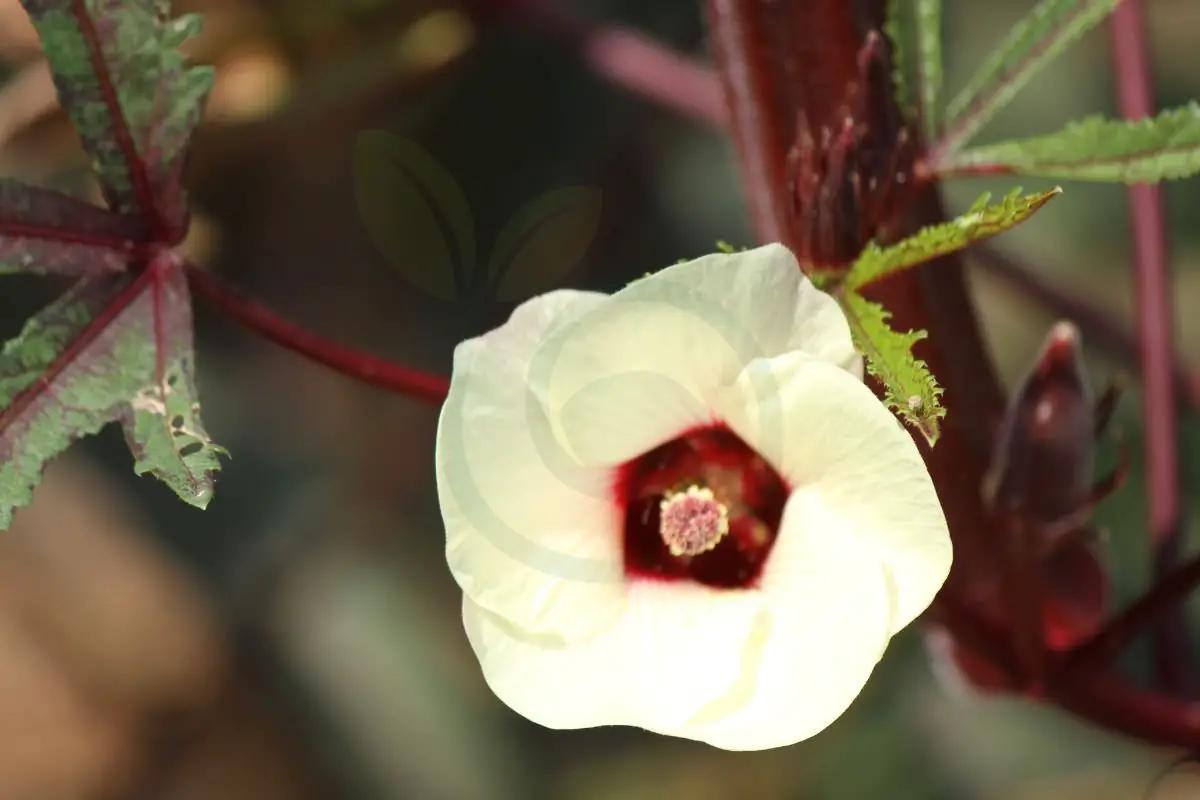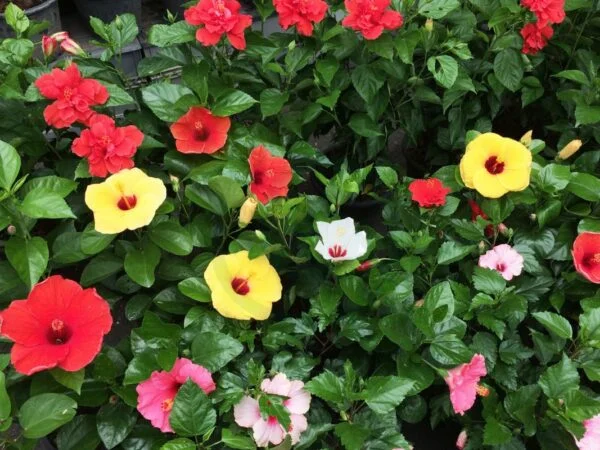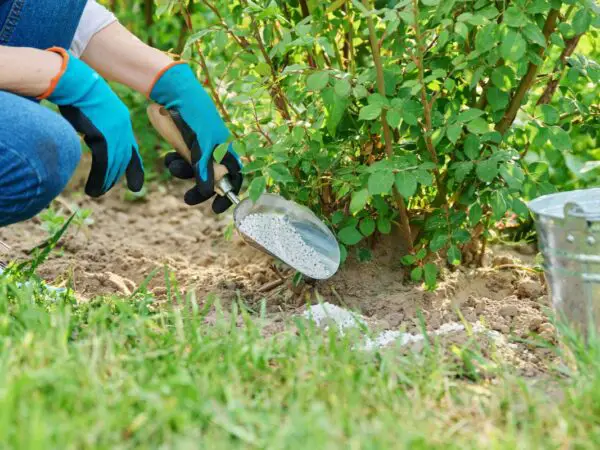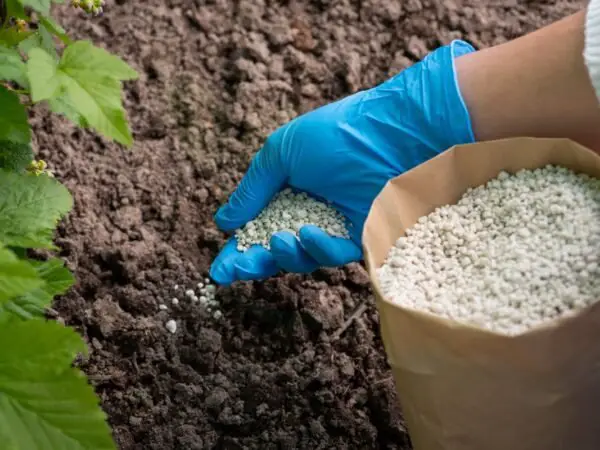Did you know that roselle hibiscus sabdariffa is not only a beautiful plant but also packed with health benefits? If you're looking to learn how to grow roselle hibiscus sabdariffa successfully, you've come to the right place.
Key Takeaways
- Provide Ideal Conditions: Ensure proper sunlight, well-draining soil, and adequate spacing for optimal growth of roselle hibiscus sabdariffa.
- Follow Planting Process: Plant seeds in warm soil after the last frost date and maintain consistent watering until germination occurs.
- Consider Growth Factors: Monitor temperature, water levels, and nutrition to support healthy plant development and flowering.
- Implement Care Tips: Regularly prune, mulch, and fertilize the plants to encourage robust growth and prevent diseases.
- Manage Pests Effectively: Use natural remedies like neem oil or companion planting to control common pests and maintain plant health.
- Harvest with Precision: Harvest mature calyces for consumption or processing when they are bright red and fully developed for the best flavor and quality.
Ideal Conditions
Planting Time
Start roselle indoors before the last frost in cooler climates. Directly sow in the garden at soil temperatures of 75°-85°F. Plant seeds or transplants in March-May in low desert areas.
Best Location
Choose a sunny spot with well-draining fertile soil for roselle. Ensure warmth and humidity as it does not tolerate frost. Select a location with ample sunlight for successful growth.
Moisture Needs
Keep soil evenly moist to support roselle growth. Avoid overwatering to prevent root rot. Provide adequate moisture without waterlogging the soil.
Space and Support
Provide support for branches to prevent breakage. Allow enough space between plants for air circulation. Consider staking taller plants to support heavy branches.
Planting Process
Seed Propagation
Harvest roselle seeds by allowing pods to dry and turn brown on the plant. Start roselle from seed indoors or directly sow in the garden. Save seeds in a cool, dark location for future planting.
Soil Preparation
Plant roselle in well-draining fertile soil for optimal growth. Prepare the soil by adding organic matter before planting roselle. Ensure the soil is rich in nutrients to support roselle development.
Plant Spacing
Space roselle plants adequately to allow for proper growth. Consider the mature size of roselle plants when spacing them in the garden. Maintain appropriate distance between plants to avoid overcrowding.
Growth Factors
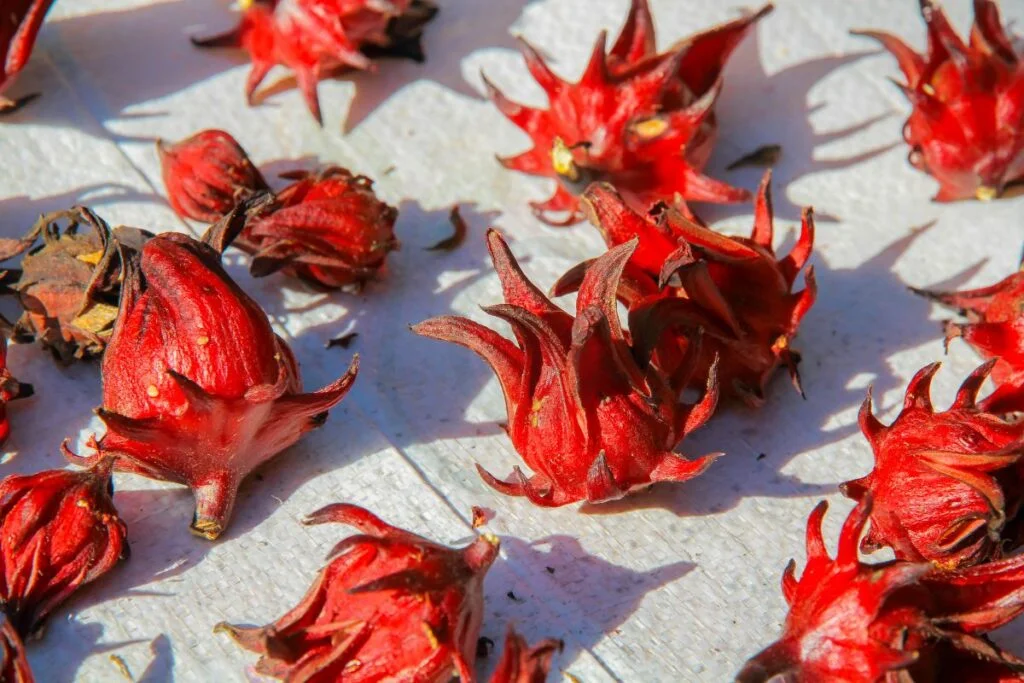
Day-Length Sensitivity
Roselle blooms are triggered by shorter days in fall, making it a crucial factor for growth. Understanding the day-length sensitivity of roselle is essential for successful cultivation. The impact of day length directly influences the growth and flowering of roselle plants.
Growth Habits
Roselle is commonly grown as an annual but is actually a perennial plant with unique characteristics. Knowing the growth habits of roselle is vital for effective cultivation. Understanding the plant's growth patterns helps in providing optimal care to support its development.
Care Tips
Watering Roselle
Water roselle plants regularly to maintain soil moisture levels, adjusting based on weather and plant requirements. Avoid waterlogging while ensuring adequate hydration for healthy growth.
Supporting Plants
Consider planting companion species that benefit roselle, aiding in soil health and pest control. Choose plants that create a diverse ecosystem to enhance roselle's growth.
Pest Management
Identifying Pests
Learn to spot common pests that can harm your roselle plants. Keep an eye out for aphids, caterpillars, and whiteflies. Regularly check for signs of infestation like holes in leaves or sticky residue.
Monitor your plants closely to catch any pest issues early on. Look for symptoms of damage such as wilting leaves or stunted growth. Early detection helps in preventing severe damage to your roselle crop.
To protect your roselle from pests, apply suitable pest control methods. Consider using insecticidal soap or neem oil as organic solutions. You can also introduce beneficial insects like ladybugs to keep pest populations in check.
Natural Remedies
Explore organic remedies for managing pests on your roselle plants. Neem oil is effective against many common pests while being safe for the environment. Garlic spray and diatomaceous earth are other natural options to consider.
Opt for eco-friendly methods to control pests without harming beneficial insects or the surrounding ecosystem. Companion planting with marigolds or basil can deter pests naturally. Practicing good garden hygiene by removing debris can help prevent pest outbreaks.
Harvesting Techniques
Right Time
Plant roselle seeds or transplants at the perfect time to ensure healthy growth and abundant harvest. Consider seasonal changes when determining the ideal planting time for roselle. Ensure that you plant them at the right time to facilitate optimal development.
Harvesting Calyces
Harvest roselle calyces around 7-10 days post-blooming, ensuring they are at least an inch wide for the best flavor. Utilize the harvested calyces for a variety of culinary purposes such as brewing tea or making flavorful jams. Pay close attention to the timing and technique of harvesting calyces to achieve the finest results.
Utilization Methods
Culinary Uses
Roselle calyces can be incorporated into various recipes, adding a tangy flavor and vibrant color to dishes. Try using roselle leaves, blooms, and pods in culinary creations for a unique twist. From jellies to juice and even pies, the versatility of roselle is truly remarkable.
Medicinal Benefits
Consuming roselle may offer several medicinal benefits, such as aiding digestion and promoting heart health. Dive into the world of herbal medicine by exploring the traditional uses of roselle. Its health-promoting properties contribute to overall well-being, making it a valuable addition to your diet.
Seed Saving
Collecting Seeds
Collect roselle seeds by allowing pods to dry and mature on the plant. Ensure they are fully ripe before harvesting. Store the harvested seeds in a cool, dark place to maintain their quality. Proper handling and storage of roselle seeds are crucial for their viability in the future.
Storing Seeds
To preserve the quality of roselle seeds, store them in a cool, dark location away from sunlight. Use airtight containers to shield the seeds from moisture and humidity, which can affect their germination rate. Label each container with planting dates and varieties for easy identification when you decide to plant them.
Companion Planting
Compatible Plants
When planting roselle in your garden, choose companion plants wisely to promote growth. Opt for plants that thrive alongside roselle, such as okra or basil. These companions can deter pests and enhance soil quality for healthy roselle growth.
Consider the growth requirements of roselle when selecting companion plants. Choose species that have similar needs for sunlight, water, and nutrients. This ensures a harmonious environment where all plants can flourish together.
Create a balanced planting scheme by incorporating compatible plants with roselle. Pairing it with marigolds can attract beneficial insects that help pollinate the flowers and control pests naturally.
Benefits
Explore the nutritional benefits of consuming roselle in various forms like teas, jams, or salads. Rich in vitamin C and antioxidants, roselle aids in boosting immunity and overall health.
Understand the environmental advantages of growing roselle at home. This plant is drought-tolerant and requires minimal care, making it a sustainable addition to your garden. Its deep roots also help improve soil structure.
Discover the cultural significance of roselle in different regions and cuisines worldwide. From traditional medicine to culinary delights, this plant plays a vital role in various cultures, adding flavor and color to dishes.
Summary
You've learned the ins and outs of growing Roselle Hibiscus Sabdariffa successfully. From ideal conditions to harvesting techniques, every step plays a vital role in the plant's growth. Remember, providing proper care, managing pests effectively, and utilizing the harvested produce wisely are key to a thriving Roselle Hibiscus garden. Whether you're a seasoned gardener or just starting, following these tips will ensure a bountiful harvest and healthy plants.
Don't wait any longer; put your newfound knowledge into action. Start growing your Roselle Hibiscus today and enjoy the benefits of this versatile plant in your garden. Share your experiences with others, and let's spread the joy of cultivating Roselle Hibiscus Sabdariffa together!
Frequently Asked Questions
How can I create ideal conditions for growing roselle hibiscus sabdariffa?
To create ideal conditions for growing roselle hibiscus sabdariffa, ensure the plant receives full sun, well-draining soil rich in organic matter, and regular watering. Maintain a warm climate with temperatures between 75-90°F.
What is the best way to plant roselle hibiscus sabdariffa seeds?
Plant roselle hibiscus sabdariffa seeds directly in the ground after the last frost date or start them indoors 6-8 weeks before transplanting. Sow the seeds 1/4 inch deep and keep the soil consistently moist until germination occurs.
What are the key growth factors for roselle hibiscus sabdariffa?
Key growth factors for roselle hibiscus sabdariffa include adequate sunlight, well-draining soil, regular watering, and warm temperatures. Providing sufficient nutrients through organic fertilizers can promote healthy growth.
How do I effectively manage pests on my roselle hibiscus sabdariffa plants?
To manage pests on roselle hibiscus sabdariffa plants, practice good garden hygiene, use natural predators like ladybugs, neem oil spray for aphids, and handpick larger pests like caterpillars. Regularly inspect plants for signs of infestation and take prompt action.
When and how should I harvest roselle hibiscus sabdariffa?
Harvest roselle hibiscus sabdariffa when the calyxes are plump and fleshy but still tender. Cut the calyxes from the plant using sharp scissors or pruners. Harvest regularly to encourage continuous production throughout the growing season.
What are some common utilization methods for harvested roselle hibiscus sabdariffa?
Harvested roselle calyxes can be used fresh in salads, brewed into teas, made into jams or jellies, or dried for long-term storage. The calyxes can also be used to make syrups, sauces, or added to desserts for a unique flavor profile.
Image Source: Paid image from CANVA

